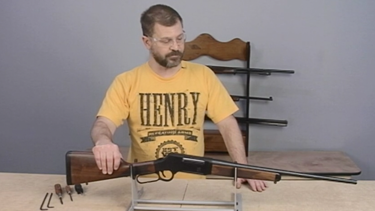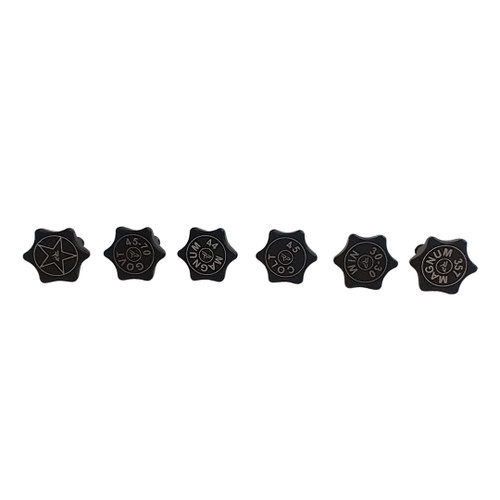cobra
Ultimate Member
If you already have screw out.cleanup threads with a tap or die to remove residue.
heat will melt blue lock tite so fastener can be removed.
I have used a pencil point soldering iron on small fasteners to loosen those held with blue lock tite.
look at the lock tote web site. It tells you at what temp it becomes liquid for fastener removal Along with what product best for different applications.
may want to consider using purple lock tote for reassembly . I use it for scope mount rather then blue that is over kill in many applications.
heat will melt blue lock tite so fastener can be removed.
I have used a pencil point soldering iron on small fasteners to loosen those held with blue lock tite.
look at the lock tote web site. It tells you at what temp it becomes liquid for fastener removal Along with what product best for different applications.
may want to consider using purple lock tote for reassembly . I use it for scope mount rather then blue that is over kill in many applications.




